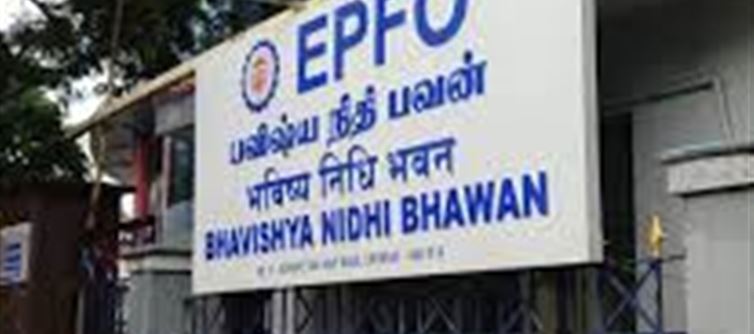
The Employees' Provident Fund (EPF) is one of the most reliable savings schemes for employees in India, but many people are unaware of how it works after retirement, especially when it comes to earning interest. If you're thinking about retiring soon or already have, here's a breakdown of the EPF interest rules post-retirement and how long your account will continue to earn interest.
1. EPF Interest After Retirement: How Long Does It Continue?
After retirement, your EPF account doesn't become inactive immediately.
· Interest timeline: According to EPFO rules, your EPF account will continue to earn interest for up to 3 years after retirement, provided the account remains active (i.e., no withdrawal is made).
· Why it matters: This means even after you stop contributing to your EPF account post-retirement, the balance will still generate interest, helping your savings grow.
2. When Does EPF Interest Stop?
The interest on your EPF account stops accruing after three years from the date of retirement or the last contribution.
· The cutoff: After three years, if there’s no activity or if the balance remains untouched, the interest will stop. However, the account itself stays open until you withdraw the funds.
· Why it happens: EPF interest is meant to encourage long-term savings; after retirement, it’s assumed that you’ll either withdraw the balance or transfer it to another scheme. Hence, the interest stops once the account becomes inactive.
3. Can You Continue EPF After Retirement?
While your EPF account continues to earn interest for three years post-retirement, you can still transfer the balance to another retirement savings account, such as a Pradhan Mantri Vaya Vandana Yojana or even a NPS (National Pension Scheme).
· What are your options?: Many retirees choose to withdraw the amount after three years of inactivity, but transferring the balance to a new scheme helps you keep it growing and continue earning returns.
· Why it’s beneficial: Transferring the balance ensures you get more than just EPF interest and helps you generate better returns through diversified investments.
4. What Happens if You Don't Withdraw EPF After Retirement?
If you don’t withdraw your EPF balance or transfer it after retirement, your account will continue to earn interest for the three-year period, after which it becomes inactive.
· Risks of not withdrawing: An inactive account might become difficult to manage or track, and your funds will no longer earn interest. Moreover, if there’s a delay in claiming your balance, you might face complications in receiving the funds later on.
5. What Happens to the EPF Balance After Death?
If the account holder passes away before withdrawing the funds, the EPF balance will continue to accrue interest until it’s claimed by the nominee or legal heir.
· Nominee details: Make sure to update your nominee in your EPF account to ensure smooth transfer of funds after death.
· Why it matters: In case of death, the balance can be transferred to the nominee’s bank account, continuing the legacy of savings even after the account holder’s passing.
6. When Should You Withdraw or Transfer Your EPF?
It’s generally advisable to withdraw or transfer your EPF balance as soon as possible after retirement to ensure that your savings remain active and continue growing.
· What to do: If you're not planning to work again or contribute to the EPF, withdrawing or transferring the balance can prevent the account from becoming inactive and stop the accrual of interest.
· Best practice: Transferring your EPF balance to another retirement account or investment option is a good strategy to maximize your post-retirement savings.
Final Thoughts
Your EPF account offers a steady source of savings even after retirement, but it’s essential to understand the interest rules and how long your funds will continue to grow.
· Key Takeaway: Your EPF will earn interest for up to three years post-retirement, but after that, the interest will stop, and your account will become inactive. Ensure you withdraw or transfer your funds to continue growing your savings and avoid complications in the future.
Disclaimer:
The views and opinions expressed in this article are those of the author and do not necessarily reflect the official policy or position of any agency, organization, employer, or company. All information provided is for general informational purposes only. While every effort has been made to ensure accuracy, we make no representations or warranties of any kind, express or implied, about the completeness, reliability, or suitability of the information contained herein. Readers are advised to verify facts and seek professional advice where necessary. Any reliance placed on such information is strictly at the reader’s own risk.
.jpg)




 click and follow Indiaherald WhatsApp channel
click and follow Indiaherald WhatsApp channel